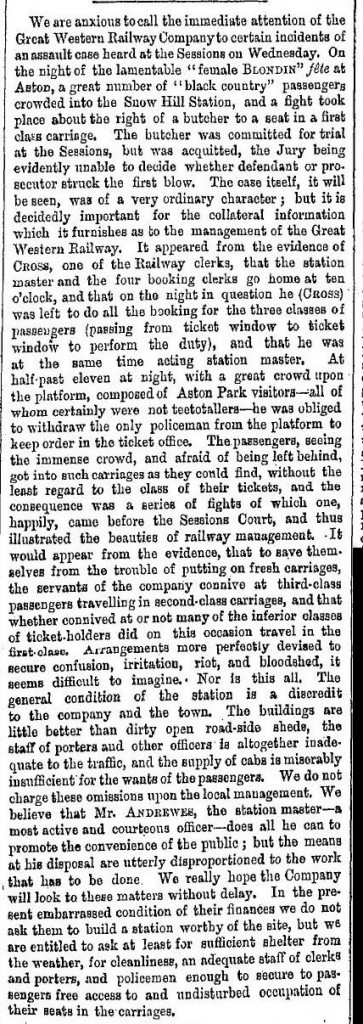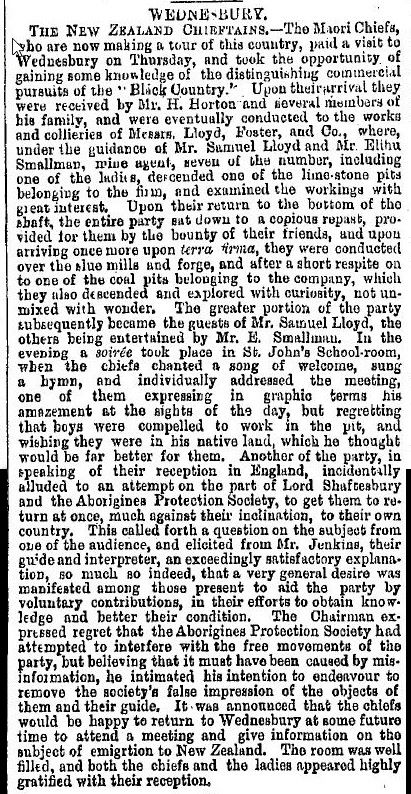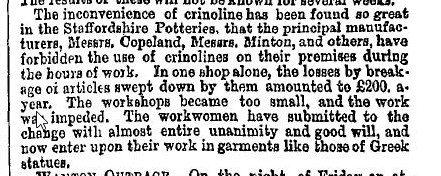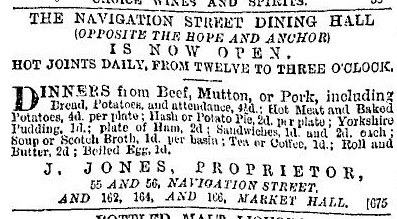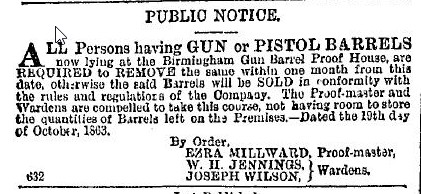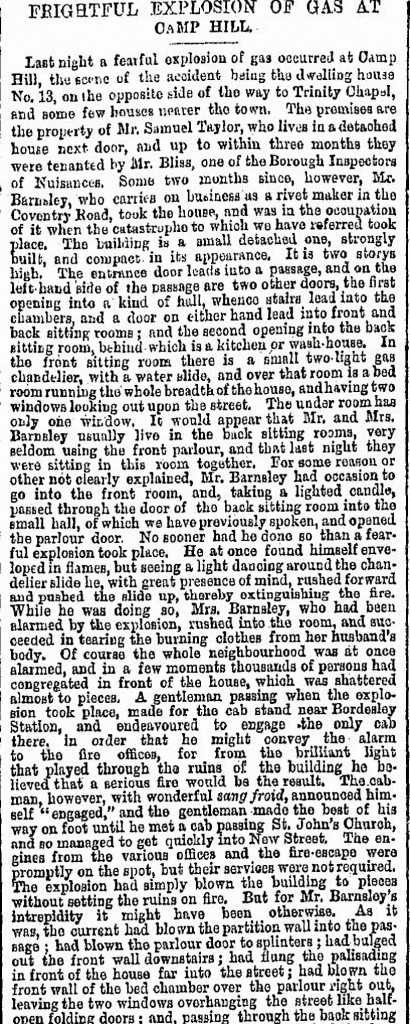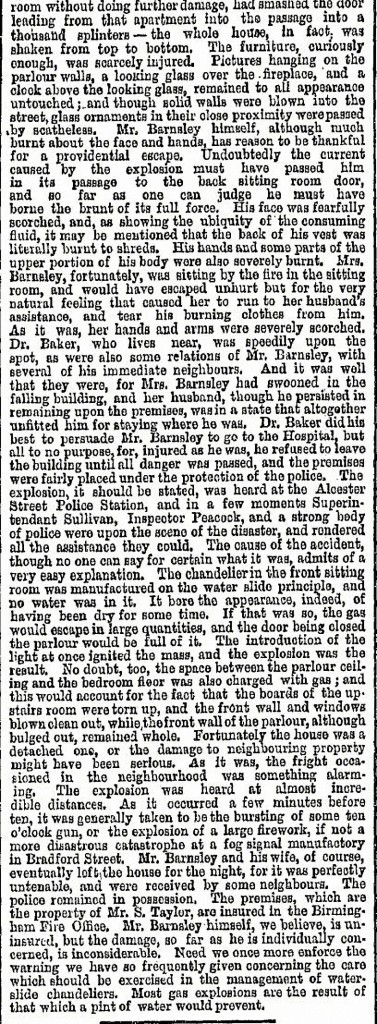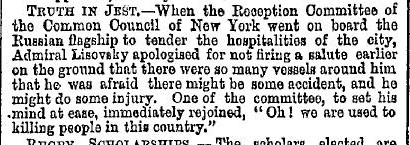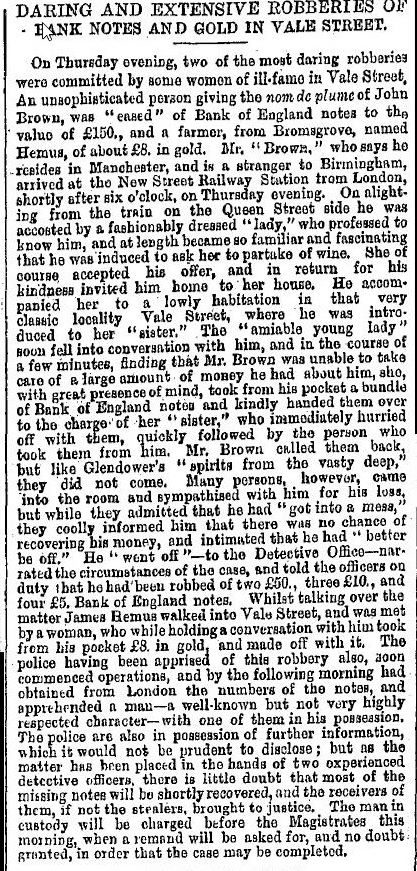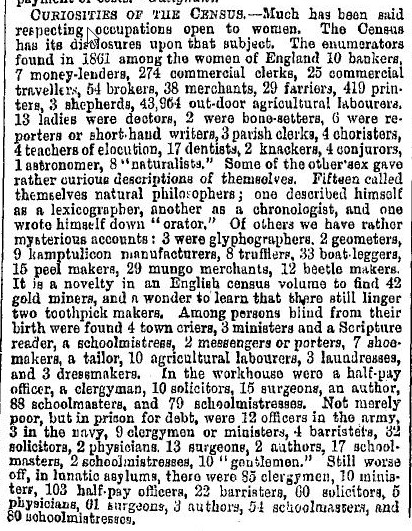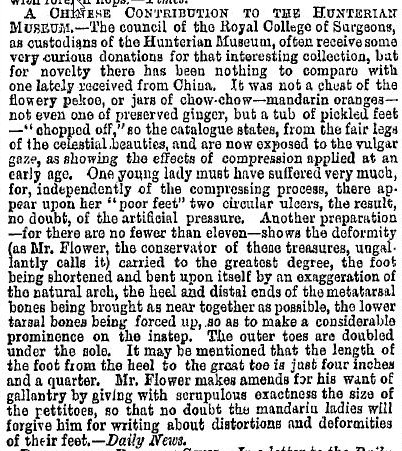David
If you feel like wading through it, the eligibility is described at https://archive.org/stream/lawhustingsandp00cookgoog#page/n16/mode/2up . It would seem that your assessment was right, though it seems very complicated, including people such as "potwallopers"(!!). The situation here is described a little more fully in the fuller report (the item I originally posted was editorial comment), which is below. It seems to me that the chap may have been working for the guardians, but the argument is whether this "work" is genuine or contrived, possibly as a political backhander.
Never had that message myself, except when I tried to just post an attachment without words
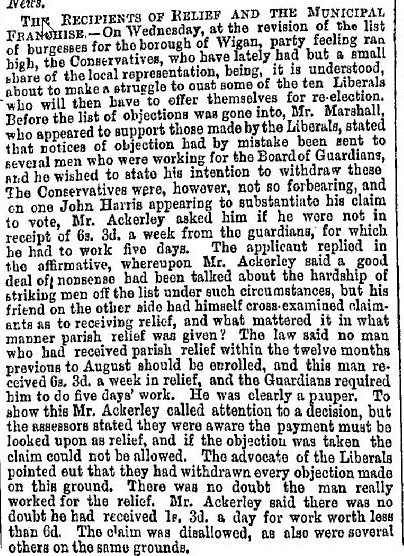
If you feel like wading through it, the eligibility is described at https://archive.org/stream/lawhustingsandp00cookgoog#page/n16/mode/2up . It would seem that your assessment was right, though it seems very complicated, including people such as "potwallopers"(!!). The situation here is described a little more fully in the fuller report (the item I originally posted was editorial comment), which is below. It seems to me that the chap may have been working for the guardians, but the argument is whether this "work" is genuine or contrived, possibly as a political backhander.
Never had that message myself, except when I tried to just post an attachment without words


